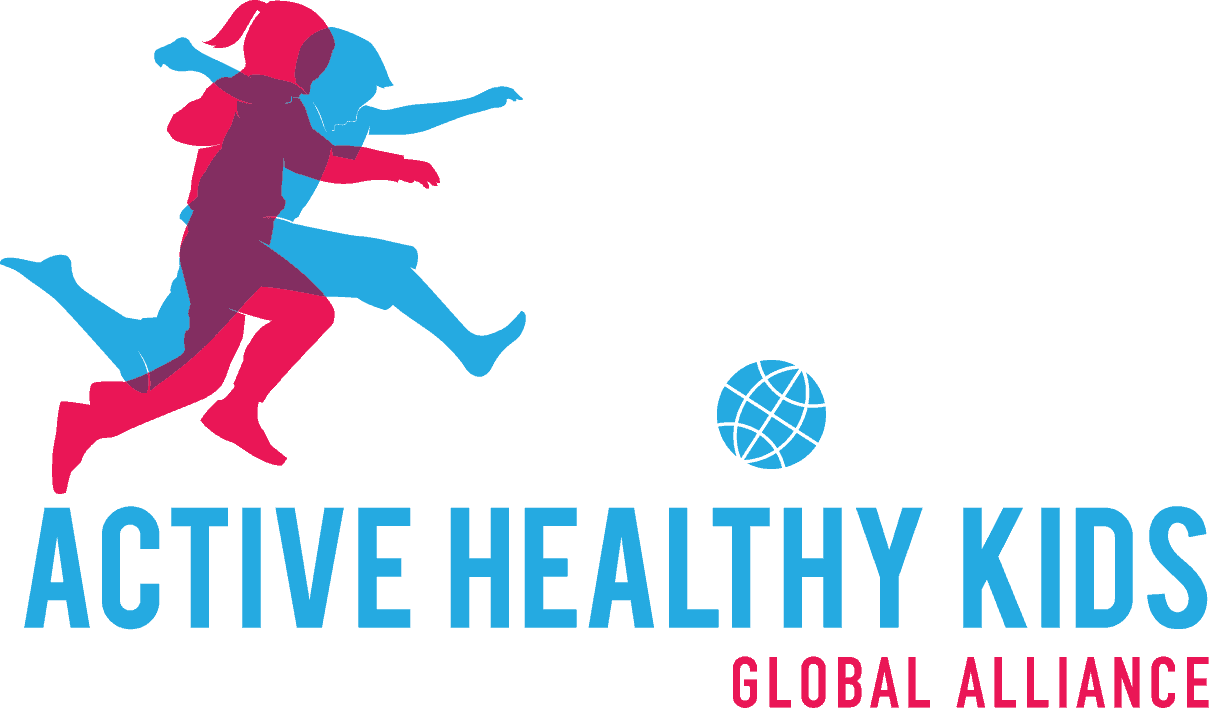

Report Card Leaders
Mette Toftager, PH.D.
Mette Toftager, an associate professor at the University of Southern Denmark in the Research Unit for Active Living, has conducted research in the field of public health and health-promoting physical activity for children and adolescents since 2007. She has led several research projects, including surveillance, intervention, and evaluation studies.
Lars Breum Christiansenm, PH.D.
Lars Breum Christiansen, is Associate Professor in the Active Living Research Unit at Department of Sports Science and Clinical Biomechanics at University of Southern Denmark. He earned his PhD investigating the impact of a multicomponent intervention on adolescent physical activity and health, and from 2015 to 2019 he was PI of the intervention project: Move for Well-being in Schools.
He leads the Research and Implementation Centre for Human Movement and Learning, which focus on research in relation to physical activity for children and youth in a variety of contexts together with local, national, and international partners.
Report Card Grades
- Overall Physical Activity: D*
- Organized Sport and Physical Activity: A
- Active Play: B-
- Active Transportation: A-
- Sedentary Behavior: D+
- Physical Fitness: B-
- Family and Peers: C+
- School: B+
- Community and Environment: B+
- Government: B+
Report Card Leader
Lars Breum Christiansen, Ph.D.
Lars Breum Christiansen, is Associate Professor in the Active Living Research Unit at Department of Sports Science and Clinical Biomechanics at University of Southern Denmark. He earned his PhD investigating the impact of a multicomponent intervention on adolescent physical activity and health, and from 2015 to 2019 he was PI of the intervention project: Move for Well-being in Schools.
He leads the Research and Implementation Centre for Human Movement and Learning, which focus on research in relation to physical activity for children and youth in a variety of contexts together with local, national, and international partners.
Report Card Grades
- Overall Physical Activity: D-
- Organized Sport and Physical Activity: A-
- Active Play: INC
- Active Transportation: B+
- Sedentary Behavior: D+
- Physical Fitness: INC
- Family and Peers: INC
- School: A-
- Community and Environment: B+
- Government: A-
Top Three Priorities
- The Danish scores for the influence indicators are rather high. More attention must be given to the behavioral indicators to improve the actual physical activity level in Denmark.
- More comprehensive and methodologically solid studies is needed to better address and grade the full range of indicators.
- More precise indicator descriptions are needed in order to grade them more precisely – as well as more updated material to base the grading on (e.g. in the physical fitness indicator, we were asked to use Danish studies that are rather old and not up to date).
Report Card Leader
Conference Abstract: Movement to Move
The Danish 2018 Report Card on Physical Activity for Children and Youth
Thomas Skovgaard & Danielle Louise Nørager Johansen
Introduction
There is a need for gathering and translating high quality knowledge on children, youth and physical activity (PA) to guide practice, program and policy development.
Methods
The 2018 Report Card includes 10 indicators for PA amongst children and youth. A national committee, consisting of members with different areas of expertise related to PA and human movement among children and youth, graded each indicator on the basis of a structured consensus process. Designated committee members were asked to collect, analyze and present best available evidence on specific indicators and suggest an grading. The presentation and preliminary grade formed the starting point for joint committee discussions to establish consensus for each indicator.
Results
Indicator assessment were based on national surveys related to health and/or PA behaviors, scientific literature and government reports/legislative documents. While 7 of the 10 indicators were assigned a grade in the 2018 Report Card, research and monitoring gaps remain that, if addressed, would better inform the process. Firstly, methodological challenges related to objective versus subjective measures are observed. Secondly, quality data is missing on a total of three core indicators. Thirdly, current data do not sustainably cover the entire age range.
| Indicator | Grade |
| Overall Physical Activity | D- |
| Organized Sport Participation | A- |
| Active Play | INC |
| Active Transportation | B+ |
| Sedentary Behaviours | D+ |
| Physical Fitness | INC |
| Family and Peers | INC |
| School | A- |
| Community and Environment | B+ |
| Government | A- |
Conclusion
The 2016 Danish Report Card on PA for children and youth showed that Denmark performed rather well on strategic and political levels, but the impact on the individual level were somewhat scanty. This indicated an implementation gap between the governmental and individual level. Two years later, the implementation issue remains the perhaps greatest challenge – alongside the need for more comprehensive and methodologically solid studies to better address and grade the full range of indicators.
Report Card Grades
- Overall Physical Activity: D+
- Organized Sport Participation: A
- Active Play: INC
- Active Transportation: B
- Sedentary Behaviors: INC
- Family and Peers: INC
- School: B
- Community and Built Environment: B+
- Government Strategies and Investments: A-
Related Links
Recommendations
- The school provides an arena where it is possible to reach the majority of children and young people, including those who do not otherwise do regular physical activity. Increased focus on physical activity and time for physical activity with qualified, meaningful and customized activities can be a possible way to promote motor skills, school performance and motivation for participation in physical activity.
- Improve the implementation of the Education Act, that ideally ensures that all children are physically active at least 45 minutes each day in school by education and support for pedagogical competences
- Encourage parents to get engaged in sports and to participate as coaches/trainers in sports clubs
- Establish physical activity encouraging environments in daycare, kindergarten as well as schools and leisure time facilities.
- Urging local authorities and other policy stakeholders to continue investment in relevant built environments for organized sport and active living.
Report Card Leader
Lisbeth Runge Larsen, Ph.D.
Lisbeth Runge Larsen is a physiotherapist, Master of Health Science, Ph.D. and Centre coordinator for Research and Innovation Centre for Human movement & Learning. Lisbeth has a special interest in the field of science covering physical activity, motor skills, motor competence, learning and cognition, sports injuries; and technologies in the field of learning and human movement. As researcher on the Danish Childhood Health, Activity and Motor Performance Study (CHAMPS Study-DK), Lisbeth has recently authored papers and commentaries on the longitudinal associations between motor performance and physical activity. Recent work has also included developing projects to intervene in kindergartens and schools with motor skill intervention and/or the use of physical activity/movement as a teaching-method to use during school lessons.
Testimonial
"Participating in the Global Matrix is a unique way to get inspiration on strategies to promote physical activity, accumulate knowledge in the same field and to network." - Lisbeth Runge Larsen, Ph.D.
Conference Abstract: 6th International Congress on Physical Activity and Public Health
Results from the Danish 2016 Report Card on Physical Activity for Children and Youth
Larsen LR, Troelsen J, Kirkegaard KL, Riiskjær S, Krølner R, Østergaard L, Kristensen PL, Møller NC, Christensen B, Jensen J-O, Østergård C, Skovgaard T
Background: The first Danish 2016 Report Card on Physical Activity (PA) for Children and Youth describes Denmark’s efforts in promoting and facilitating PA and PA opportunities for children and youth. Methods: The Report Card relies primarily on a synthesis of the best available research and policy strategies identified by the Report Card Research Committee consisting of a wide presentation of researchers and experts within PA health behaviors and policy development. The work was coordinated by Research and Innovation Centre for Human Movement and Learning situated at the University of Southern Denmark and the University College Lillebaelt. Nine PA indicators were graded using the Active Healthy Kids Canada Report Card development process. Results: Grades from A (highest) to F (lowest) varied in Denmark as follows: 1) Overall Physical Activity (D+), 2) Organized Sport Participation (A), 3) Active Play (INC), 4) Active Transportation (B), 5) Sedentary Behaviors (INC), 6) Family and Peers (INC), 7) School (B), 8) Community and the Built Environment (B+), and 9) Government strategies and investments (A-). Conclusion: A large proportion of children in Denmark do not meet the recommendations for PA despite the favorable investments and intensions from the government to create good facilities and promote PA.









